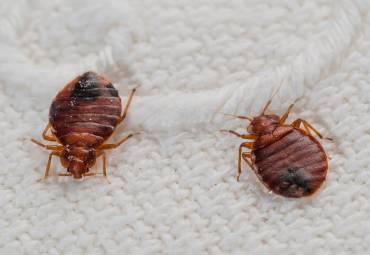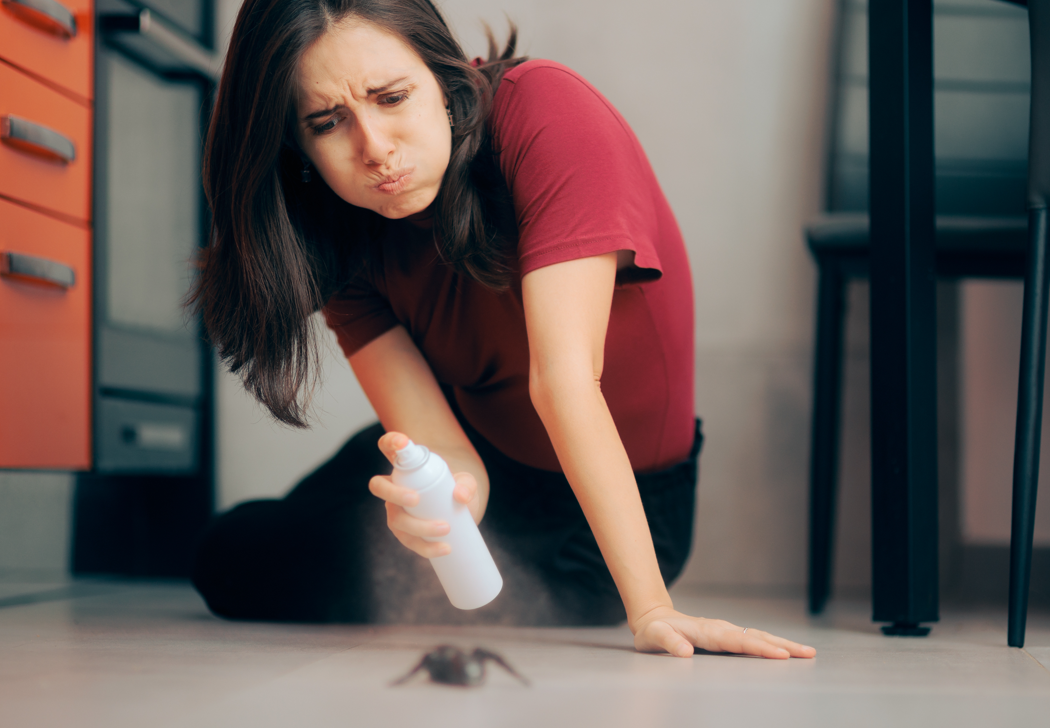Table of Contents:
Introduction
Causes of Bed Bug Infestations
Origins and Spread
How to Prevent Bed Bugs
Identifying Bed Bug Infestations
How to Get Rid of Bed Bugs
Conclusion
Introduction
Bed bugs (Cimex lectularius) are small, elusive, and highly resilient insects that feed primarily on human blood. They are a common pest worldwide and are known for their ability to infest homes, hotels, and other living spaces (1). This article aims to provide a comprehensive understanding of the causes of bed bug infestations, where they come from, how to prevent them, and how to get rid of them once you have them.
Causes of Bed Bug Infestations
The primary cause of bed bug infestations is human activity, as these insects rely on human blood for survival and reproduction (2). Bed bugs can easily hitchhike on luggage, clothing, and furniture, making it easy for them to spread from one location to another. The most common causes of bed bug infestations include (3):
- Travel: Bed bugs can easily attach themselves to luggage and personal items during travel, especially when staying in hotels, hostels, or other temporary accommodations.
- Second-hand furniture: Purchasing used furniture, mattresses, or textiles can bring bed bugs into a home.
- Close living quarters: Apartments, dormitories, and other shared living spaces can facilitate the spread of bed bugs between units.
- Lack of awareness: Unawareness of the signs of bed bug infestations and improper prevention measures can lead to the establishment and spread of these pests.
Origins and Spread
Bed bugs are believed to have originated from bat-feeding insects in the Middle East and later adapted to feed on human blood (4). They have been a nuisance to humans for thousands of years, with mentions of bed bug-like insects dating back to ancient Greece, Rome, and Egypt (5). The global spread of bed bugs is closely linked to human migration and trade, including the expansion of the Roman Empire and the Age of Exploration (6).
In the 20th century, bed bugs were almost eradicated in developed countries due to the widespread use of potent insecticides like DDT (7). However, with the banning of DDT and other harmful chemicals in the 1970s and increased global travel, bed bugs have made a resurgence worldwide (8).
How to Prevent Bed Bugs
Preventing bed bug infestations requires a combination of vigilance, knowledge, and regular maintenance. Here are some effective strategies for avoiding bed bugs (9):
- Inspect accommodations: When traveling, inspect hotel rooms, hostels, or other temporary lodgings for signs of bed bugs. Check the seams of mattresses, box springs, headboards, and furniture for any evidence of bed bugs or their feces.
- Keep luggage off the floor: Use luggage racks or elevated surfaces to store your belongings and minimize the risk of bed bugs hitching a ride on your luggage.
- Seal and secure your home: Repair any cracks or crevices in walls, floors, and baseboards to eliminate potential hiding places for bed bugs. Install door sweeps and seal gaps around pipes and electrical outlets.
- Regularly clean and inspect your home: Vacuum and clean your home regularly, paying special attention to the bedroom and sleeping areas. Inspect your mattress, box spring, and bed frame for signs of bed bugs.
- Be cautious with second-hand items: Inspect and clean used furniture, clothing, and textiles thoroughly before bringing them into your home. If possible, use a heat treatment to kill any bed bugs that may be present.
Identifying Bed Bug Infestations
Early detection is crucial for controlling bed bug infestations and preventing their spread. Here are some signs that may indicate the presence of bed bugs (10):
- Physical evidence: Adult bed bugs are small, reddish-brown, and oval-shaped, measuring about 4-5 millimeters in length. They can be found in the seams of mattresses, along baseboards, in the folds of curtains, and behind picture frames.
- Fecal spots: Bed bugs leave behind small black or brown fecal spots on bedding, mattresses, and nearby surfaces. These spots are often clustered in groups and may have a strong, sweet odor.
- Bites: Bed bug bites typically appear as small, red, itchy welts in a linear or clustered pattern. However, not everyone reacts to bed bug bites, making them an unreliable indicator of infestations.
- Cast skins: As bed bugs grow, they shed their outer exoskeleton, leaving behind pale, translucent skins that resemble the shape of a bed bug.
- Eggs and nymphs: Bed bug eggs are tiny, white, and oval-shaped, while nymphs resemble smaller, paler versions of adult bed bugs. They can be found in the same hiding spots as adult bed bugs.
How to Get Rid of Bed Bugs
Eradicating bed bugs can be challenging due to their resilience and ability to hide in small spaces. A combination of chemical and non-chemical methods is often necessary for effective control (11):
- Heat treatment: Bed bugs are sensitive to high temperatures, and exposing infested items to a sustained heat of 118-122degF (48-50degC) for at least 90 minutes can kill all life stages (12). Items such as bedding, clothing, and curtains can be laundered in hot water and dried on the highest heat setting. For larger items or entire rooms, professional bed bug heat treatments may be necessary.
- Insecticides: Various chemical insecticides are available for bed bug control, including pyrethroids, neonicotinoids, and insect growth regulators (13). Always follow the label instructions and consult a professional exterminator if necessary.
- Encasements: Mattress and box spring encasements can help trap bed bugs and prevent them from accessing sleeping areas. Ensure that the quality encasements are designed specifically for bed bug control and are properly installed.
- Vacuuming and cleaning: Regular vacuuming and cleaning of infested areas can help reduce bed bug populations. Be sure to dispose of the vacuum contents in a sealed plastic bag and clean the vacuum thoroughly after use.
- Integrated Pest Management (IPM): IPM is a comprehensive approach to bed bug control that combines multiple methods, including inspection, monitoring, sanitation, exclusion, and the judicious use of chemical treatments (14). Working with a professional exterminator who specializes in IPM can help ensure the most effective and efficient treatment plan.
Conclusion
Bed bugs are a persistent and challenging pest that can infest homes, hotels, and other living spaces worldwide. Understanding their origins, how they spread, and how to prevent and treat infestations is essential for maintaining a comfortable and healthy living environment. By staying vigilant, informed, and proactive, individuals can minimize the risk of bed bug infestations and effectively address any problems that may arise.
References:
Potter, M. F. (2011). Bed bugs. University of Kentucky Entomology. https://entomology.ca.uky.edu/ef636
Doggett, S. L., et al. (2012). Bed bugs: clinical relevance and control options. Clinical Microbiology Reviews, 25(1), 164-192. https://doi.org/10.1128/








